At that time, Governor Hoang Trong Phu set up “stages” for craft villages: organizing workshops, establishing showrooms, opening exhibitions and bringing handicraft products to the market. The story of OCOP today seems to still have his shadow.

Introducing products at the OCOP Capital product display, introduction and promotion point (No. 176 Quang Trung Street, Ha Dong Ward).
The person who lit the fire of industry for Ha Dong
Born in 1872, studied at the Colonial School in Paris from 1892, returned to work as an official and held the position of Governor of Ha Dong for more than 20 years, Hoang Trong Phu soon used the "practical" mindset to reorganize rural production.
He wrote and published “Les Industries familiales de Hadong” (Family Crafts in Ha Dong) in the early 1930s - a monograph listing and describing the traditional craft ecosystem of the entire province, from Van Phuc silk, lacquer, mother-of-pearl inlay to weaving, embroidery, as a “handbook” for organizing local industries.
The second book, “Les Marchés de la province de Hadong” (The Markets of Ha Dong Province - 1938), again focuses on the circulation axis - markets, meetings, exchange networks - that is, the “soft infrastructure” of the craft village economy . Just the fact that he wrote these two books shows that he approached the craft village not with a nostalgic aesthetic but with the eye of value chain management.
But he did not stop at research. In the fall of 1935, at the “Ateliers des Arts indigènes” (Indigenous Art Workshops) in Ha Dong, a local silk exhibition was inaugurated by Governor-General Robin. The press at that time described this as “a new manifestation of the vitality of a unique and strong local industry, feeding tens of thousands of people, especially in Hoai Duc”. The language of the press at that time sounded very “OCOP”: Improving quality, connecting inter-regional markets and the leading role of local authorities.
The leading role of the government under Hoang Trong Phu is clearly shown in the way he coordinates public and private sectors. On the one hand, he organizes training, invites good artisans to teach classes, standardizes designs, and sends delegations of craftsmen to exhibitions; on the other hand, he actively "pulls" the market: linking Ha Dong silk with the commercial flow in the South, using the media as a promotional channel, and at the same time improving the market network - where money and information flow. His writing of the preface to the book "Ha Dong Province Markets" is not just "writing" but a way to stamp the right distribution link of the industry chain.
Not only expanding within the province, Governor Hoang Trong Phu also experimented with immigration policies linked to regional division of labor - what we today call "organization of production space".
In 1938, at the request of Da Lat Governor Tran Van Ly, he sent Ha Dong Agricultural Lieutenant Colonel Le Van Dinh to borrow 500 dong from the fund of the Northern Social Mutual Aid Committee (of which 300 dong was transferred in advance to Da Lat to prepare the material facilities), select farmers skilled in flower and vegetable farming, train them in techniques according to the European model and then send them to establish hamlets. The first batch of 33 people boarded the ship on May 29, 1938; in early 1939, 19 more people came; in the period 1940-1942, 47 more people came; by the end of 1943, there were 57 families in Ha Dong hamlet (Da Lat). The migration story shows how he "opened the market" for craft village skills in a new consumer city (Da Lat), while also solving the pressure on the population of the delta.
From that “process” of research - production organization - market opening - education, Ha Dong in the 1930s became a link of Northern handicrafts. Silk exhibitions were held right at the factory, shipments to the South, and a network of markets - from Nhue River to La Khe, Van Phuc, Hoai Duc - created a “value-added invoice” for the craft village at that time. Today, reading the line “feeding tens of thousands of people” in the newspaper chronicles, we cannot help but think of the goal of increasing the income of production households of OCOP entities.
Three "touch points" between Hoang Trong Phu and OCOP
OCOP was approved by the Government in 2018 (Decision 490/QD-TTg) and continued for the period 2021-2025 (Decision 919/QD-TTg). In essence, OCOP also follows the same "process": Developing products with advantages along the value chain; designing a set of criteria, star rating; connecting distribution; promoting trade promotion. The Government has concluded that this is an important driving force of the rural economy, with the approach shifting from focusing on output to promoting quality, identity, culture and circular economy - low emissions.
Updated data up to June 2025, the whole country has about 16,855 OCOP products with 3 stars or more; of which 72.8% are 3 stars, 26.7% are 4 stars and 126 products are 5 stars. About 60% of subjects said that revenue increased by an average of 18%/year; nearly 40% of subjects are women, 17% are ethnic minorities - signs that OCOP is not just a product program but an in-depth social intervention. Regarding the process, the assessment work has recently been adjusted in a streamlined direction, transferring the 3-star classification to the provincial level for stable implementation.
Putting Hoang Trong Phu next to OCOP today, we can see three similarities, or outstanding "touch points".
Firstly, the economic-commodity mindset is associated with the coordinating role of the local government. In the old Ha Dong, the provincial government was the “conductor”: Setting standards, organizing workshops and classes, creating exhibition playgrounds and pulling inter-regional bridges (Southern Vietnam). OCOP, in the modern direction, also assigns the “conductor” role to the local government through issuing criteria, organizing star grading, opening introduction-promotion points and supporting consumption promotion. The OCOP product display center at 176 Quang Trung Street (Ha Dong) - where ceramic, lacquer, goldsmith industries... take turns exhibiting - is essentially a “Ateliers” in the digital age, where standards meet local stories.
Second, Mr. Hoang Trong Phu clearly understands that “products are only half the story”; the other half is the market - the consumption network. His “markets in Ha Dong province” focus on the schedule, location, and connection between craft villages and points of sale - similar to the way OCOP requires products to be accompanied by a market plan, packaging, traceability, and connection to supermarkets and e-commerce. From OCOP fairs, product design and introduction centers to OCOP booths in the retail system, the “market axis” is longer today, but the logic is the same: Without a market, craft villages will always “shine on their own”.
Third, opening up production and consumption spaces to increase the value of skills. Bringing Ha Dong farmers to Da Lat to establish hamlets in 1938-1943 was a decision... similar to OCOP in a very modern way: Transferring skills (flowers - vegetables - gardening), anticipating the need for urban resorts, creating more output, and then letting the community spread itself. When Ha Dong hamlet was formed and operated effectively, the benefits were not only for the people who left but also for the original village: The profession had a wider market, traditional skills were "nourished" by new technology, and accumulated capital returned to the hometown. OCOP today is also going out of the "provincial market": connecting rural tourism , green economy - circulation and towards national brands.
Of course, history also reminds us of limits. The colonial system may have helped “pull” supply and demand, but it also created dependence on the power networks and preferences of colonial urban consumers; when that market changed, the craft villages were vulnerable. Therefore, what OCOP must do better than Hoang Trong Phu is diversify the market, raise international standards and be consistent in quality - something that new decisions and guidelines are trying to tighten.
Looking back at the story of Ha Dong, we can draw some very necessary policy suggestions for OCOP in the coming period. First, recreate the model of “workshop - showroom - classroom” right in the craft village cluster, not only for selling but also for designing - testing - standardizing products.
Second, re-create the "OCOP market book" by region - seasonal craft markets, connecting OCOP subjects with stable "consumer destinations" (shopping malls, walking streets, airports), because Mr. Hoang Trong Phu himself has proven: Markets are infrastructure no less important than factories.
Third, encourage a new type of "skilled migration": Send skilled workers from the North - Central - South to "station" for training in raw material areas and new tourist destinations, short-term 3-6 months, accompanied by a small credit policy - something that the Northern Social Mutual Aid Committee did 90 years ago.
And fourth, telling the story of the craft with data, each OCOP product needs a transparent "digital profile" like the way Hoang Trong Phu wrote a monograph on the economy of Ha Dong craft villages - without data, the story will be difficult to convince the market.
The last point, but perhaps the core, is that both Hoang Trong Phu and OCOP chose to start from “small but pure” – from a strip of silk, a piece of lacquer, a rattan or bamboo item – and then dream big. That “starting with quality” mindset is the most sustainable stepping stone for the rural economy. When the product is good, the story is good, the standards are clear, then the subjects – from artisans to cooperatives – have the opportunity to go beyond the village. That path was outlined by a governor with silk workshops, markets and even a flower hamlet in the cold highlands. And today, with OCOP, we are continuing on that path – with modern law, with data and with new “ateliers” in the heart of Hanoi’s craft villages.
Source: https://hanoimoi.vn/hoang-trong-phu-va-ocop-hom-nay-720854.html


![[Photo] General Secretary To Lam meets with General Secretary and President of Laos Thongloun Sisoulith](https://vphoto.vietnam.vn/thumb/1200x675/vietnam/resource/IMAGE/2025/10/25/1761380913135_a1-bnd-4751-1374-7632-jpg.webp)









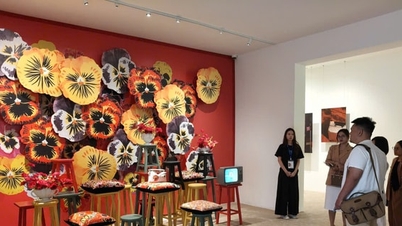
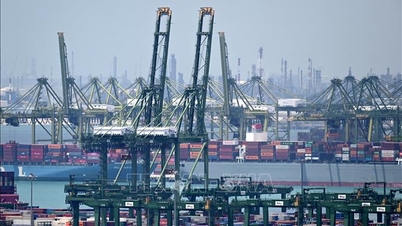

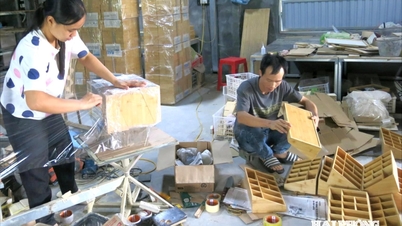

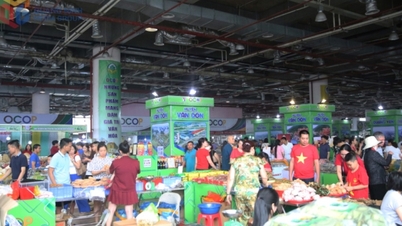

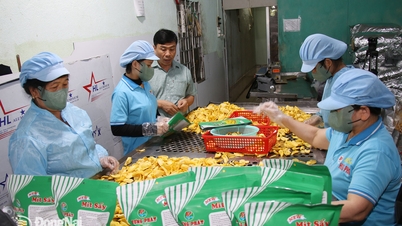

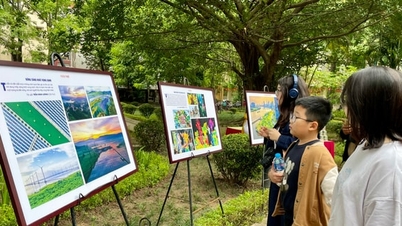
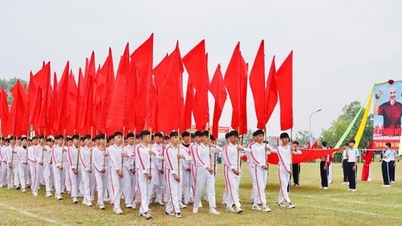
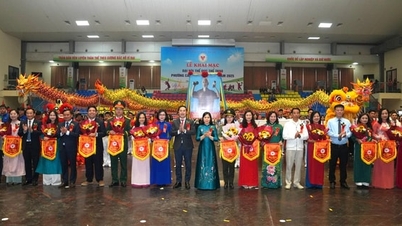







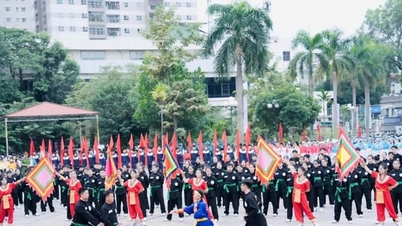

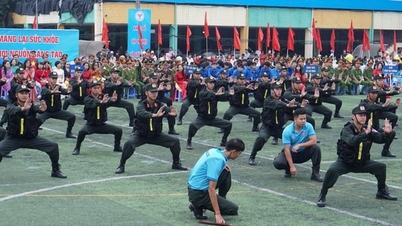


![[Photo] President Luong Cuong and United Nations Secretary-General Antonio Guterres chaired the signing ceremony of the Hanoi Convention.](https://vphoto.vietnam.vn/thumb/1200x675/vietnam/resource/IMAGE/2025/10/25/1761370409249_ndo_br_1-1794-jpg.webp)
![[Photo] President Luong Cuong receives heads of delegations attending the signing ceremony of the Hanoi Convention](https://vphoto.vietnam.vn/thumb/1200x675/vietnam/resource/IMAGE/2025/10/25/1761377309951_ndo_br_1-7006-jpg.webp)








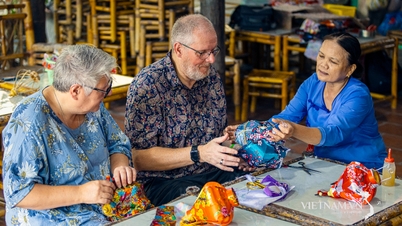

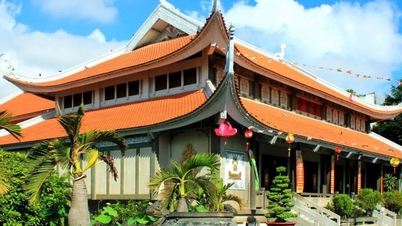






























![[Photo] General Secretary To Lam receives United Nations Secretary-General Antonio Guterres](https://vphoto.vietnam.vn/thumb/402x226/vietnam/resource/IMAGE/2025/10/25/1761379090768_image.jpeg)









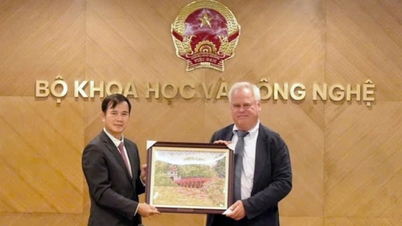
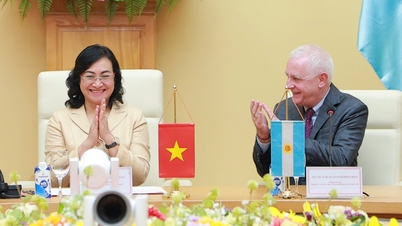
























Comment (0)